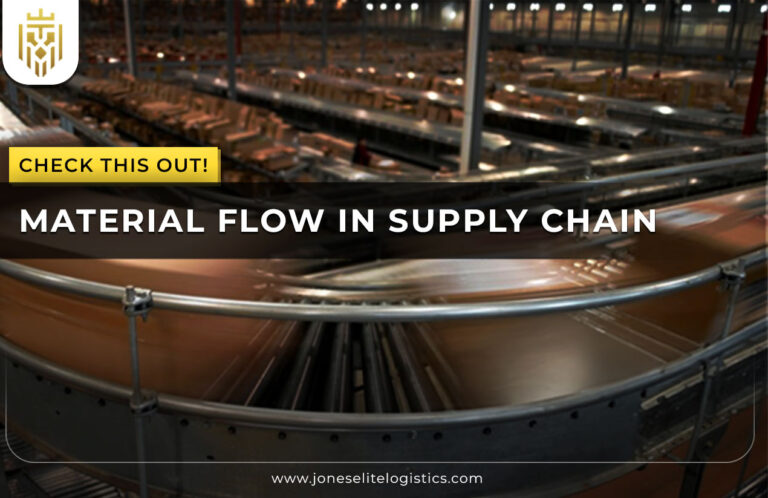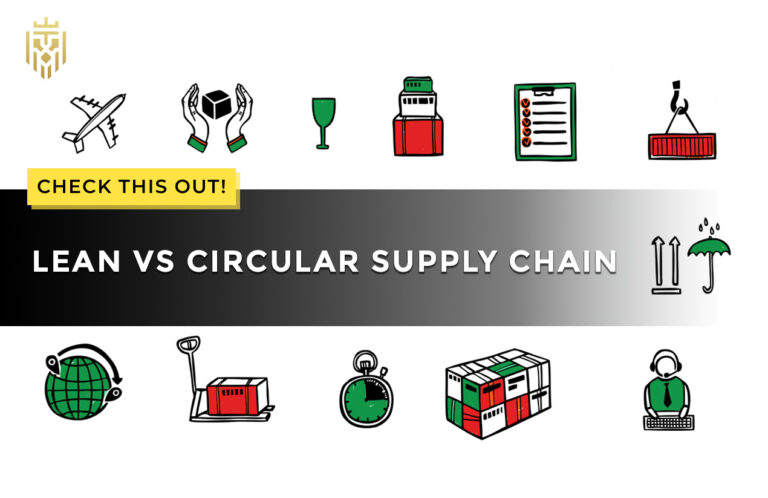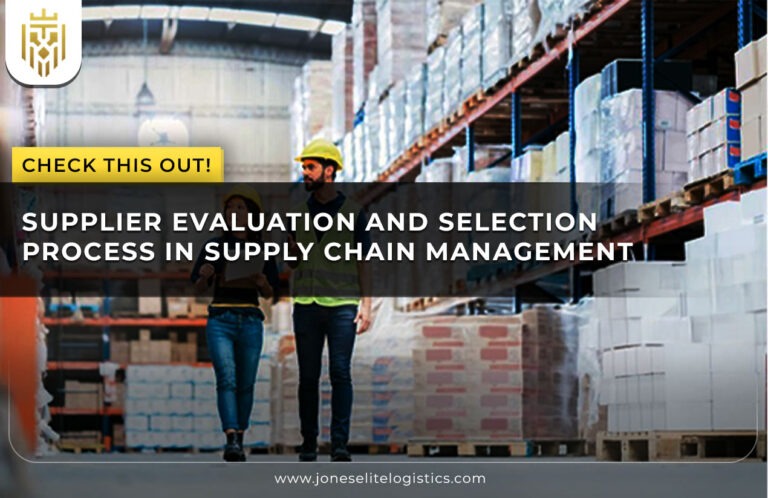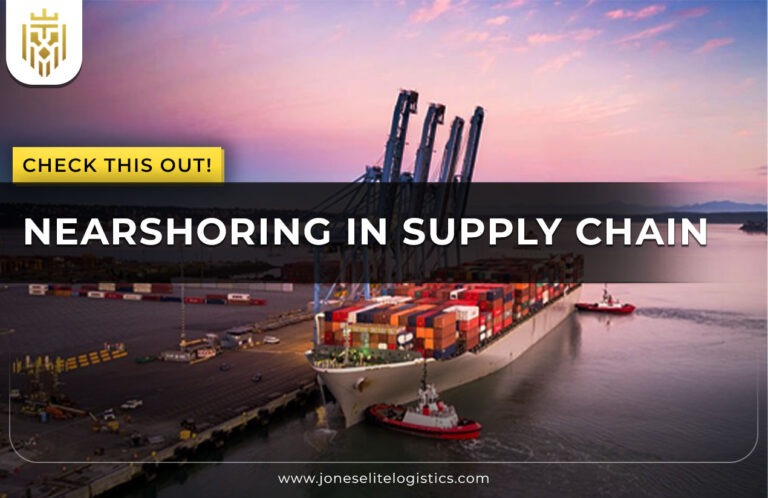What is Cold Storage Warehousing?
Cold storage warehousing is a specialized facility designed to store temperature-sensitive goods, using advanced refrigeration systems to preserve perishable products. These cold storage facilities offer specific temperature control, ensuring the quality and longevity of items, such as food and pharmaceuticals, surpassing traditional warehousing in effectiveness.
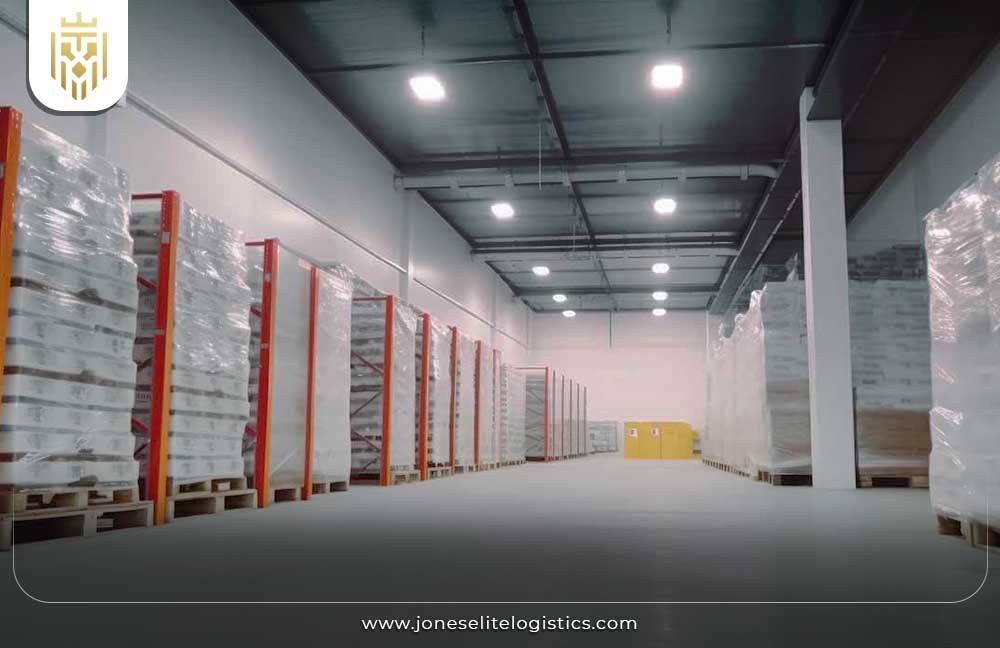
Purpose of Cold Storage:
The main objective of cold storage warehouses is to extend the shelf life of perishables by slowing down spoilage through controlled temperatures. By offering value-added services, such as flexible market timing, cold storage warehouse requirements vary between refrigerated (0-10°C) and frozen (-30°C) storage types.
How does Cold Storage Work?
Cold storage warehouses operate with heavy-duty HVAC systems that maintain a constant temperature by keeping cold air inside and insulating against warmth. The efficiency of cold storage facilities depends on meticulous construction and maintenance to ensure product preservation and reduce cold storage warehouse cost.
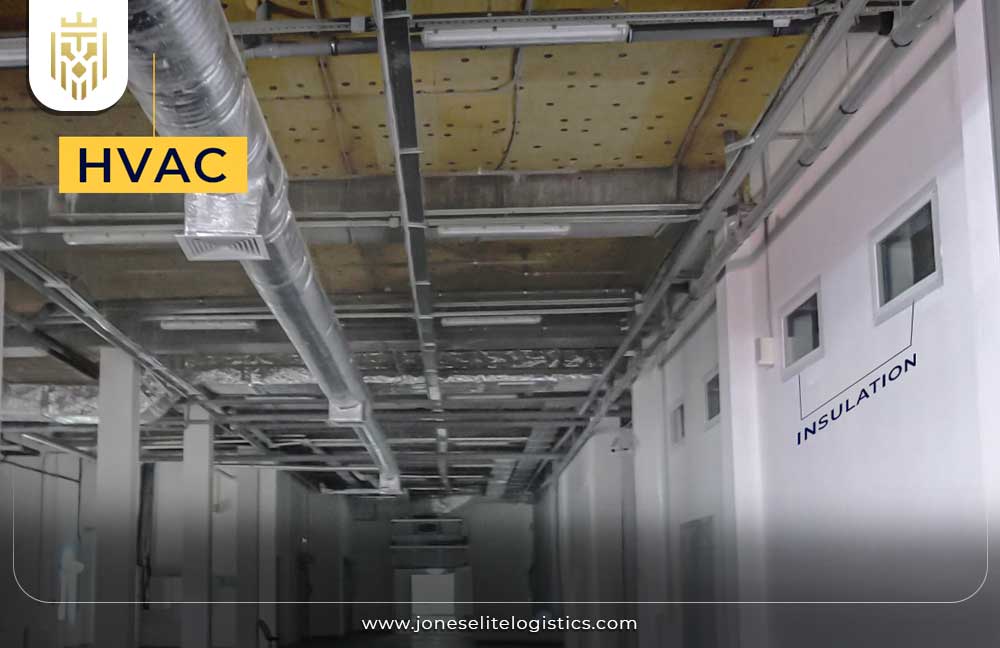
Types of Cold Storage Warehousing:
Cold storage warehouses are classified into two main types: refrigerated storage and frozen storage. Each type caters to different perishables, with temperature settings based on specific cold storage warehouse requirements, ensuring proper preservation of goods like food and pharmaceuticals.
Refrigerated Cold Storage:
Refrigerated cold storage facilities maintain goods at temperatures between 2-8°C, preserving perishable items like fruits and vegetables. These warehouses play a crucial role in preventing spoilage, providing essential cold storage warehouse meaning for businesses needing to store chilled items over extended periods.
Frozen Cold Storage:
Frozen cold storage warehouses preserve products like meat and seafood at temperatures ranging from -18°C to -30°C. Equipped with high humidity controls and airtight storage, these facilities use advanced freezing equipment to ensure the safety and quality of frozen foods over long periods.
Things to Consider When choosing a Cold Storage Warehouse:
Selecting a cold storage warehouse requires evaluating factors like temperature control, energy efficiency, and automation to ensure optimal conditions for perishable goods. Additionally, proximity to transportation hubs, regulatory compliance, and the overall cold storage warehouse cost are essential considerations.
Temperature Control:
Reliable temperature control is vital in a cold storage warehouse, with systems ensuring consistent conditions to prevent product spoilage. Advanced monitoring and refrigeration technology help maintain safe storage temperatures, directly impacting cold storage warehouse cost and ensuring goods remain in optimal condition.
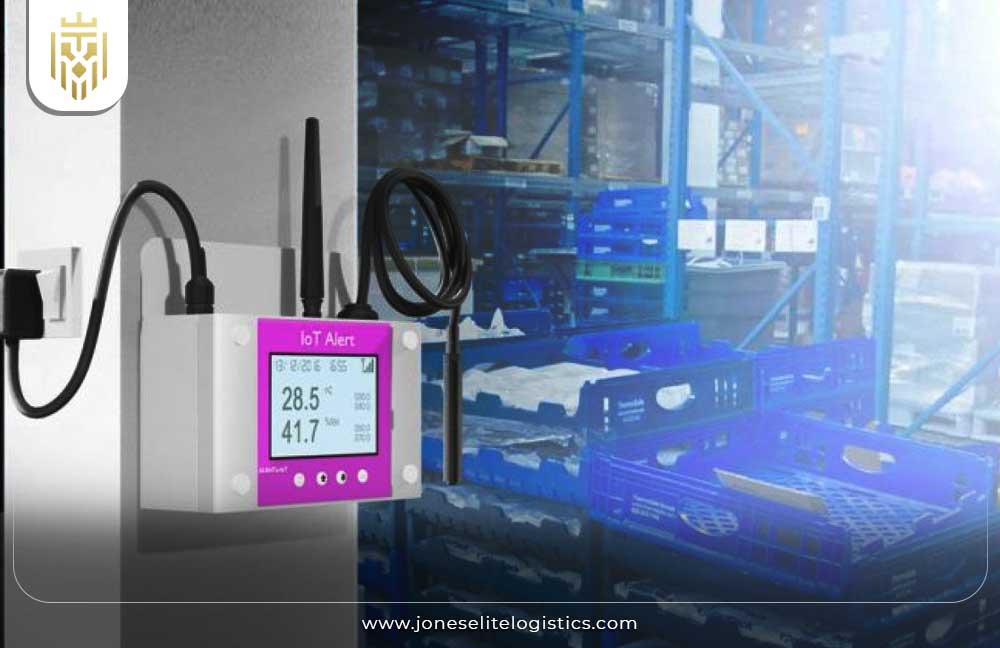
Electricity:
Cold storage requires significant energy, making energy efficiency and backup systems essential for maintaining product quality. Automation can help reduce energy consumption in cold storage facilities, and businesses can choose between electric or diesel-powered systems to optimize energy use and minimize operating costs.
Cost:
Cold storage warehouse cost is influenced by various factors, including location, size, design, and technology used. Assessing cold storage warehouse requirements, compliance with regulations, and labour costs ensures businesses balance functionality, efficiency, and long-term operational expenses for a successful facility.
Regulatory Compliance:
Compliance with FDA, HACCP, and GMP standards is crucial for cold storage facilities, ensuring safe storage and handling of perishables. These certifications provide businesses with confidence that the cold storage warehouse requirements meet stringent safety and quality standards.
Location:
The location of a cold storage warehouse significantly affects logistics and costs. Proximity to transportation hubs, suppliers, and customers reduces transportation costs and potential delays, while ensuring the facility has the infrastructure to handle efficient loading and unloading of goods.
Energy Efficiency:
Energy efficiency in cold storage facilities is critical, with factors like insulation, lighting, and refrigeration technology contributing to operational costs. Implementing sustainable measures and retrofitting systems can reduce energy consumption, making the cold storage warehouse cost more manageable over time.
Automation:
Automation in a cold storage warehouse helps improve efficiency, reduce labour costs, and maintain consistent operations. Automated systems can also ensure the accuracy of orders, reduce downtime, and improve safety, providing a competitive edge in maintaining cold chain integrity.
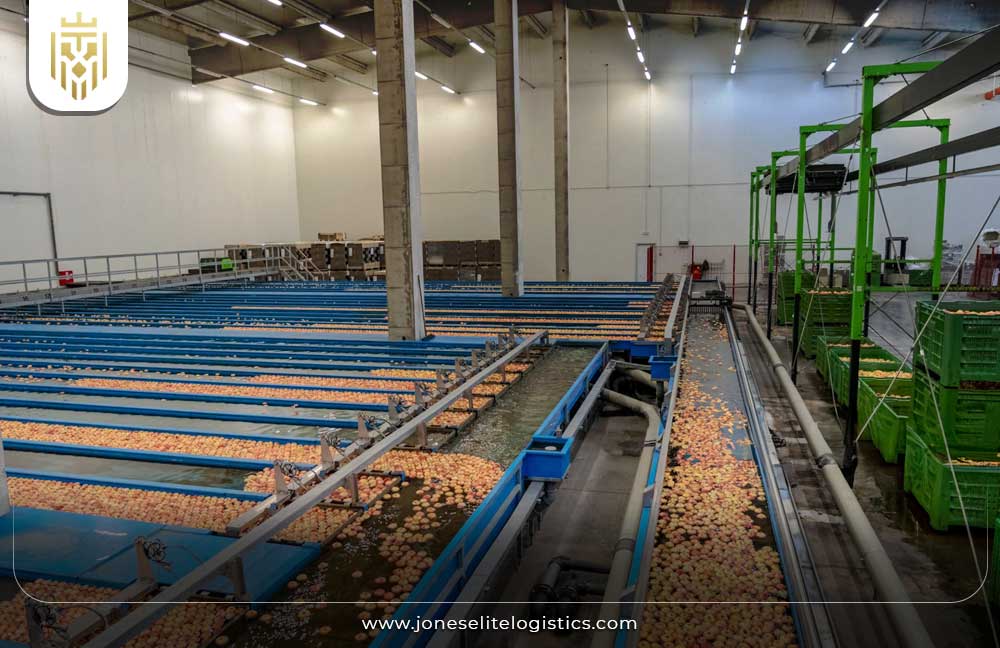
Cost of Cold Storage Warehouse:
Building a cold storage warehouse in India for 6000 tons costs approximately ₹5 crores, excluding land. Operational expenses, including energy, maintenance, and salaries, can run up to ₹13,000 per day, depending on the size and specific cold storage warehouse requirements.
Key Takeaways:
Cold storage warehousing is essential for preserving perishables, ensuring product quality, and minimizing wastage. Evaluating factors such as temperature control, energy efficiency, and automation helps businesses achieve cost-effective, compliant operations while meeting cold storage warehouse requirements efficiently.
FAQs
1) What is Cold Storage Warehousing?
Cold storage warehousing is a specialized facility designed to preserve temperature-sensitive goods, using advanced refrigeration systems to maintain specific temperature ranges and extend the shelf life of perishable items like food, pharmaceuticals, and research specimens.
2) How does Cold Storage Work?
Cold storage works by using HVAC systems and insulation to maintain controlled temperatures, preventing warm air from entering. This slows down spoilage by inhibiting microbial activity and enzymatic processes, ensuring long-term preservation of perishable goods.
3) What are the types of Types of Cold Storage Warehousing?
Cold storage warehousing includes two main types: refrigerated storage, maintaining temperatures between 0-10°C for perishables, and frozen storage, which operates at -30 to 0°C for frozen goods like meat and seafood.
4) What are the factors to consider when choosing a cold storage warehouse?
Key factors include reliable temperature control, energy efficiency, location proximity to transportation hubs, regulatory compliance, automation capabilities, and cost-related elements like land, electricity, and labour expenses. These ensure operational efficiency and product safety.




